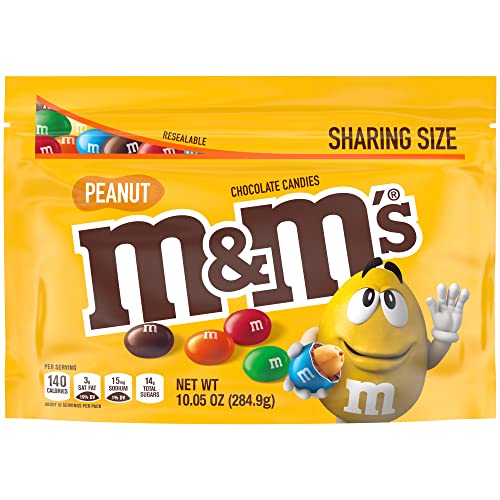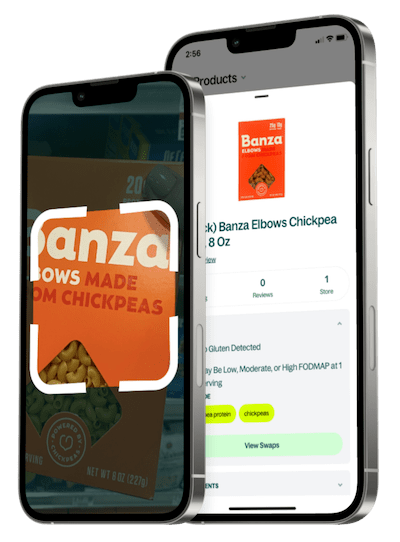Is M&M's Peanut Alpha-Gal?

Description
Small, candy-coated pieces combine a crunchy, colorful shell with a smooth interior surrounding a crunchy, nutty core, creating contrast between crisp and soft textures and sweet-salty balance. Commonly eaten straight, shared at gatherings, used in baking or as ice-cream topping; reviewers praise flavor while noting occasional variability in center size.

Description
Small, candy-coated pieces combine a crunchy, colorful shell with a smooth interior surrounding a crunchy, nutty core, creating contrast between crisp and soft textures and sweet-salty balance. Commonly eaten straight, shared at gatherings, used in baking or as ice-cream topping; reviewers praise flavor while noting occasional variability in center size.
Ingredients
Milk Chocolate (sugar, Chocolate, Skim Milk, Cocoa Butter, Lactose, Milkfat, Peanuts, Soy Lecithin, Salt, Natural Flavor), Peanuts, Sugar, Cornstarch; Less Than 1% Of: Palm Oil, Corn Syrup, Dextrin, Colors (includes Blue 1 Lake, Yellow 6, Red 40, Yellow 5, Blue 1, Yellow 6 Lake, Red 40 Lake, Yellow 5 Lake, Blue 2 Lake, Blue 2), Carnauba Wax, Gum Acacia. Contains: Peanuts, Milk And Soy. May Contain Tree Nuts.
What is a Alpha-Gal diet?
An Alpha-Gal diet eliminates mammalian meat and products containing mammalian-derived ingredients to prevent allergic reactions in people with alpha-gal syndrome. This includes beef, pork, lamb, dairy products, gelatin, and certain medications derived from mammals. The condition involves a specific sugar molecule found in most mammals, often triggered after a tick bite. People may experience delayed allergic reactions 3-6 hours after consuming trigger foods. The diet focuses on safe alternatives like poultry, fish, and plant-based proteins. When followed carefully, often with guidance from an allergist or dietitian, it can prevent serious reactions while maintaining adequate nutrition.


